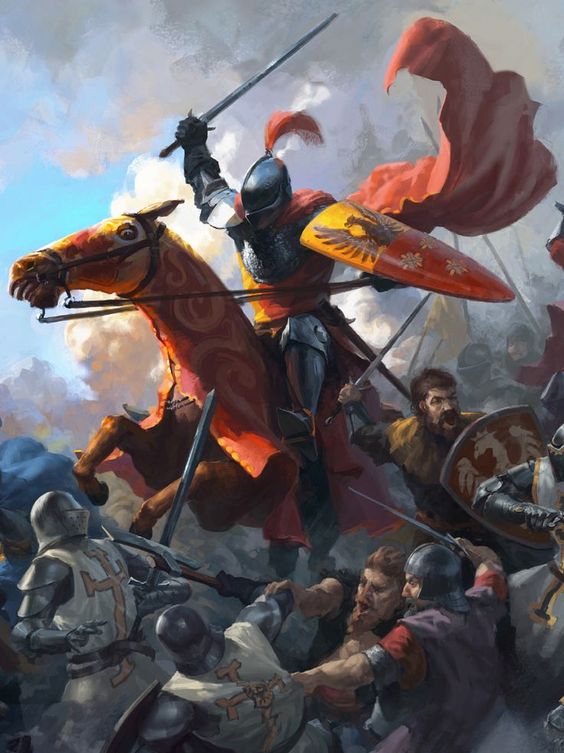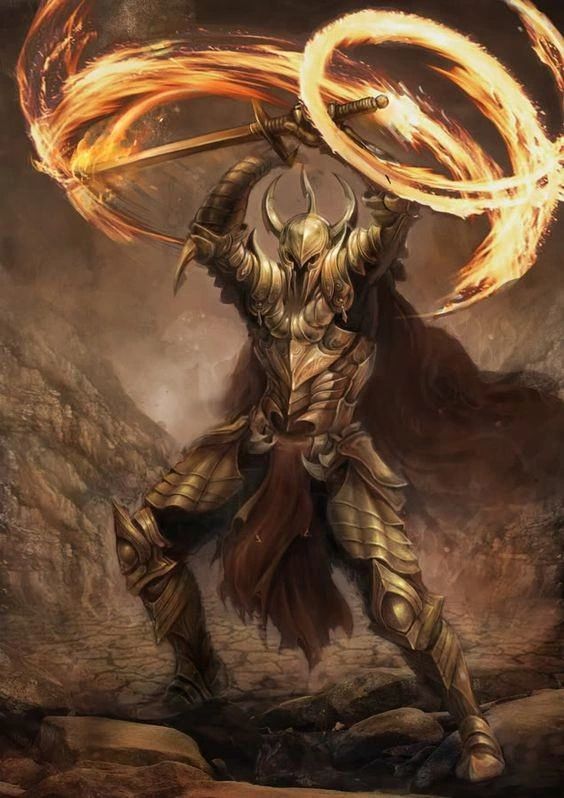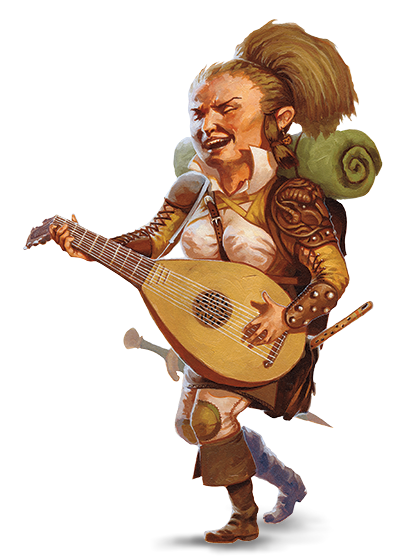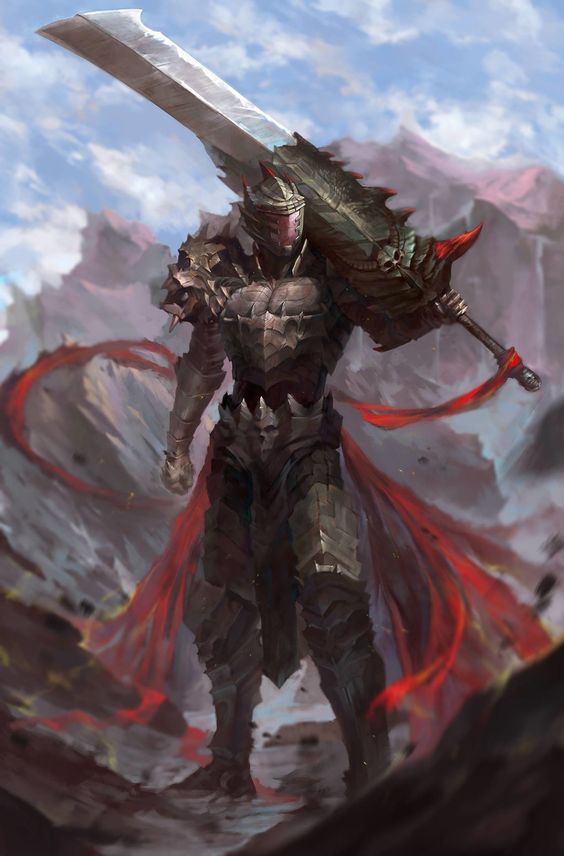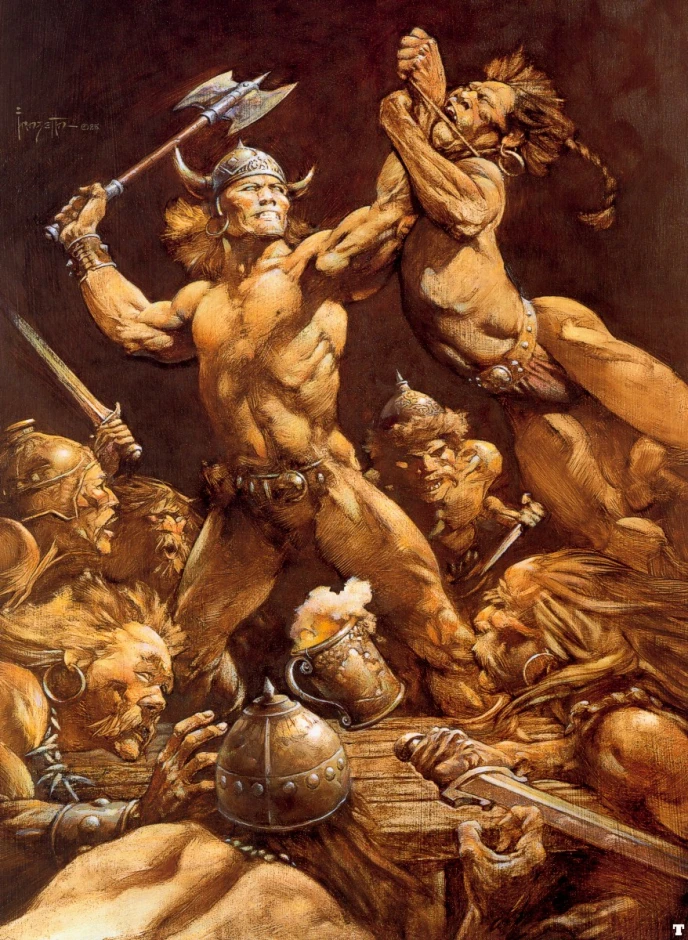D&D 5e: Apply Mage Slayer Feat Directly To Magic Problems
D&D 5e: Apply Mage Slayer Feat Directly To Magic Problems
Rating the Benefits of Mage Slayer
Benefit #1 –
If a creature within 5ft casts a spell, a character with this feat can spend their reaction to attack them
Punish spellcasting by swinging at your enemies. This happens after the spell is cast, but the damage can force concentration on non-instant spells. Important when considering the trait below.
Benefit #2 –
A creature making a concentration check because of damage you have caused has disadvantage on the roll
Concentration checks are a Con save with a DC based on the damage dealt. Disadvantage on the roll makes it that much more likely that your enemies fail.
Benefit #2 –
Advantage on saving throws against spells cast within 5ft of you
The rest of this feat pushes a character close to spellcasters, which makes them a target. Advantage on saves is a big benefit that’s going to help pass the saves that matter most.
Mechanics and Requirements
Understanding How It Functions
Do you hate magic? Like, really really hate it? Does the thought of waving wands and archaic chanting turn your gaze red and fill your mind with thoughts of nothing but death and destruction? Mage Slayer has your back.
Reactionary attacking
The first part of the Mage Slayer feat is the ability to make attacks as a reaction at anything that dares cast a spell within 5ft of you.
Reaction-based attacks are strong in 5e. An optimized combat character might make 2 or 3 attacks on their turn, so finding ways to get more attacks during a full combat round is an easy way to kill enemies and end encounters quicker.
On top of this, if your opponent casts a spell that requires concentration to work, the reactionary attack can force a test and make your enemy drop the spell. Handily, the mage Slayer feat also punishes enemy concentration checks.
It’s hard to concentrate with a sword in your eye
The second benefit of Mage Slayer forces enemies to take concentration tests at disadvantage if they are triggered by damage caused by a character that has this feat.
Here’s how concentration works:
- Some spells require concentration. A character can only concentrate on one spell at once.
- Taking damage forces a character to take a concentration test. Failing the test immediately drops the spell.
- A concentration test is a Con save, with a DC of either 10, or half the damage taken from the concentration trigger, whichever is higher.
- Taking damage from multiple sources, for example, two separate attacks, requires two separate tests, one for each trigger.
Many spellcasting monsters and classes don’t have proficiency in Con. (There’s a reason many optimization guides for spellcasting characters advise finding Con save proficiency somewhere.)
This means that, for many creatures, the only benefit they will get to this check is a +2 or +3. The chance of failure on a DC 10 check is 64%. A character with this feat can reliably drop an enemy’s spells two out of three times, per attack they make.
That’s incredibly strong, against the right targets. Especially if it strips either a powerful damage spell or a defensive option that empowers the rest of the parts.
However, some enemies will still have a good bonus on their checks. To make it almost a guarantee that an enemy will fail concentration, stack that damage as high as possible. Abilities like Sneak Attack or Smite, which add a pile of dice to an attack roll and can comfortably push damage into the 40-50 range at mid-level make passing a concentration check, with its DC of 25+, all but impossible.
Remember, as well, that opponents can no longer concentrate on spells if they’re incapacitated or dead.
Better Saves Through Hatred
The last feature of Mage Slayer is advantage on saves against spells cast by creatures within 5ft.
Considering the rest of the features given by this feat encourage getting up close and personal with spell casters, this is a very welcome bonus. The general strategy for a caster that finds themselves within 5 feet of a scary weapon-wielding enemy is to not be there.
Enemies that end up within 5 feet of a character with this feat are generally going to blast them with everything they have. Advantage on saves makes it much easier to push through damage and resist the save-or-suck spells that might otherwise instantly disable your character.
Key Stats
The Mage Slayer feat doesn’t provide any stat bonuses and doesn’t directly need particular stats to be useful.
With that said, in order to make the best use of the feat, a character’s gonna need a high attacking stat, so they can hit and deal as much damage as possible, and great stats that contribute to common saves; like Dex, Con, and Wis, are also incredibly helpful to shrug off spell DCs.
Ideal Characters for Mage Slayer
Top Classes
Fighter – The principle warrior class which also gains more feats than any other class in the game, Fighters are ideally placed to grab Mage Slayer as part of their build.
The Eldritch Knight is a great subclass for the feat, both thematically; a mage hunting other mages, and mechanically, as the build can make itself proof against many of the magical effects that enemies will throw at it, using their own magical ability.
Rogue – Masters of getting where enemies don’t want them to be, and making attacks against vulnerable targets, Rogues love Mage Slayer. A mage taking disadvantage on their Concentration check after eating a Sneak Attack is basically guaranteed to fail and lose the spell, and the reactionary attack when enemies cast spells is just another pile of Sneak Attack dice.
The Soulknife is a great option, able to freely fight up close and at range, dancing around the edge of the battlefield and flicking blades at opportune targets to drop Concentration on key spells. You might also consider Swashbuckler, for its ability to always Sneak Attack, even when solo, essential when you’ve snuck around unseen to stab that wizard in the back.
Monk – Hyper mobile offensive skirmishers, Monks love isolating vulnerable targets and annihilating them in flurries of ki-empowered blows.
There are two things to love, here. Firstly, Stunning Strike, which can shut down low-Con targets instantly, and can be used on the Mage Slayer’s opportunity reaction attacks. And Diamond Soul, which gives the Monk proficiency in all saves, stacks incredibly with the advantage granted by this feat.
Way of Shadow is the clear subclass of choice here. Stealth gets you where you need to be, and the ability to cast Darkness or Silence can utterly disable spellcasters, beyond all the things you were already throwing at them.
Paladin – Combine defensive spells and abilities, including defensive save auras, with heavy weapon usage and one of the biggest damage spikes in the game in Smite, for a big, angry brawler who is statistically ideal for driving deep into enemy formations and murdering the vulnerable spellcasters.
The Oath of Ancients is a solid option, adding resistance to spell damage for themselves and allies close by from level 7. Though all Paladin subclasses are great here.
Barbarian – Thick with physical defenses, Barbarians really appreciate the magical defenses on offer here, and boosts to offense, even against specific targets, are incredibly useful to have.
We’d probably run Path of the Zealot, both for the thematic elements and for the absolute hilarity that is forcing enemy encounters to focus on prising the giant, angry ball of muscle off of their squishy caster, who just keeps coming back to life when killed.
Multiclassing Considerations
Race or Subrace Choices
Eladrin – Multiple times per day, vanish and teleport next to the mages who really don’t want you near them, plus bonus effects.
Fairy/Owlin/Aarakocra – Flight lets the character drop in directly next to their target. Just mind the light armor requirements.
Half-Orc – Mages can be deep inside enemy formations, meaning the hunter of magic can take a lot of heat. Half-Orcs are great for fighter-style classes anyway and can choose to just not die once per day. That’s solid.
Combos, Tactics, and Synergies
Complementary Feats
Sentinel – A mage up close to someone with this feat is likely to run. The Sentinel feat stops that from happening, giving your enemies no good options. Cast a spell, even to try and escape? You hit them and it probably fails. Trying to run away using old-fashioned legs? You hit them anyway, and they can’t move for a turn.
It’s a big feat investment, but this build is murder in a magic-heavy campaign.
Mobile – You need to be where the mages are. Mobile increases a character’s speed and lets them slip past intervening enemies, to get to the people who they really wanna kill.
Resilient – Magic users who know a mage slayer is coming for them are likely to hit them with every spell they have. Resilient gives proficiency in a save, letting characters who lack key saves like Con or Wis pick it up, and synergizing perfectly with the advantage granted by the feat.
Spells that Synergize
Misty Step – Mages don’t like being close to the armored murder engine, so might try and escape. The teleport of Misty Step keeps you right with them.
Silence – Entirely prevent the casting of spells with a verbal component (which is basically all of them) inside the 20ft radius
Counterspell – Because of the wording, a spell that has been Counterspelled still triggers the reaction attack from Mage Slayer. More on this below.
Strategies for Maximizing Mage Slayer Effectiveness
Mage Slayer and combat styles
So, what’s the best combat style if you’re planning on taking Mage Slayer?
The feat itself makes answering this question surprisingly simple.
First off, all of the triggers for the feat only activate when within 5ft of something casting spells. This means that polearm weapons are not a good choice for the feat, despite being great weapons overall.
Second, the fact that the feat only triggers within 5ft means that ranged weapons aren’t a good first choice, though ironically having a ranged weapon is incredibly good alongside this feat, to force disadvantage on Concentration saves at a distance.
Third, as the guide explained earlier, Concentration saves are based on the damage dealt by an attack, so picking a weapon that deals as much damage as possible is smart play.
This leaves us with one option. Two-handed weapons like greatswords and mauls. A one-handed weapon and shield are also good but lean on the more defensive side, interacting less efficiently with what the Mage Slayer feat offers.
The Big October 2021 Update
One of the issues with Mage Slayer isn’t the feat itself. It’s the game around it. See, in October 2021, there was a large general update to creature stat blocks, shifting around stats and abilities to help balance out the game.
The problem is, that many spellcasting creatures had their spell lists slashed in size, and many abilities that were keyed as spells before (which would trigger all of the benefits of Mage Slayer) are now spell-like abilities. (Which … don’t trigger Mage Slayer.)
Official, organized play will absolutely use these stat blocks, but your GM might not. If you’re planning on taking Mage Slayer, talk to your GM first, as using the updated stats will 100% nerf this feat.
Mage Slayer and Counterspell
So, we touched on this above, but a spell that has been prevented through Counterspell still triggers an opportunity attack from a character with Mage Slayer.
Here’s how this works:
- To be Counterspelled, a spell has to first be cast
- The spell’s casting triggers both the casting of Counterspell and the Mage Slayer reaction attack
- If the Counterspell attempt succeeds, the initial triggering spell casting fails. It is not prevented from happening, it just has no effect.
- Either way, the character with Mage Slayer gets to make their reactionary attack.
When does the Mage Slayer reaction attack trigger?
The DMG has the answer. If a reaction doesn’t specify the timing (and Mage Slayer does not) then it happens after the trigger.
For Mage Slayer, that means the attack comes after the effects of the spell have been fully resolved.
Final Thoughts on Mage Slayer
The problem with Mage Slayer isn’t that its list of benefits is bad, because they’re not. What Mage Slayer offers is incredibly powerful, if you’re fighting the right targets.
But that’s the issue. If.
Most characters who might consider Mage Slayer are probably going to lean towards a feat that boosts combat prowess against every situation and every enemy.
If you know that your campaign is leaning incredibly heavily on the magic using enemies, then grabbing Mage Slayer will allow a character to run riot and destroy everything they face. But that’s not most campaigns.
Final verdict? Situational, but great in the precise situations where it matters.


